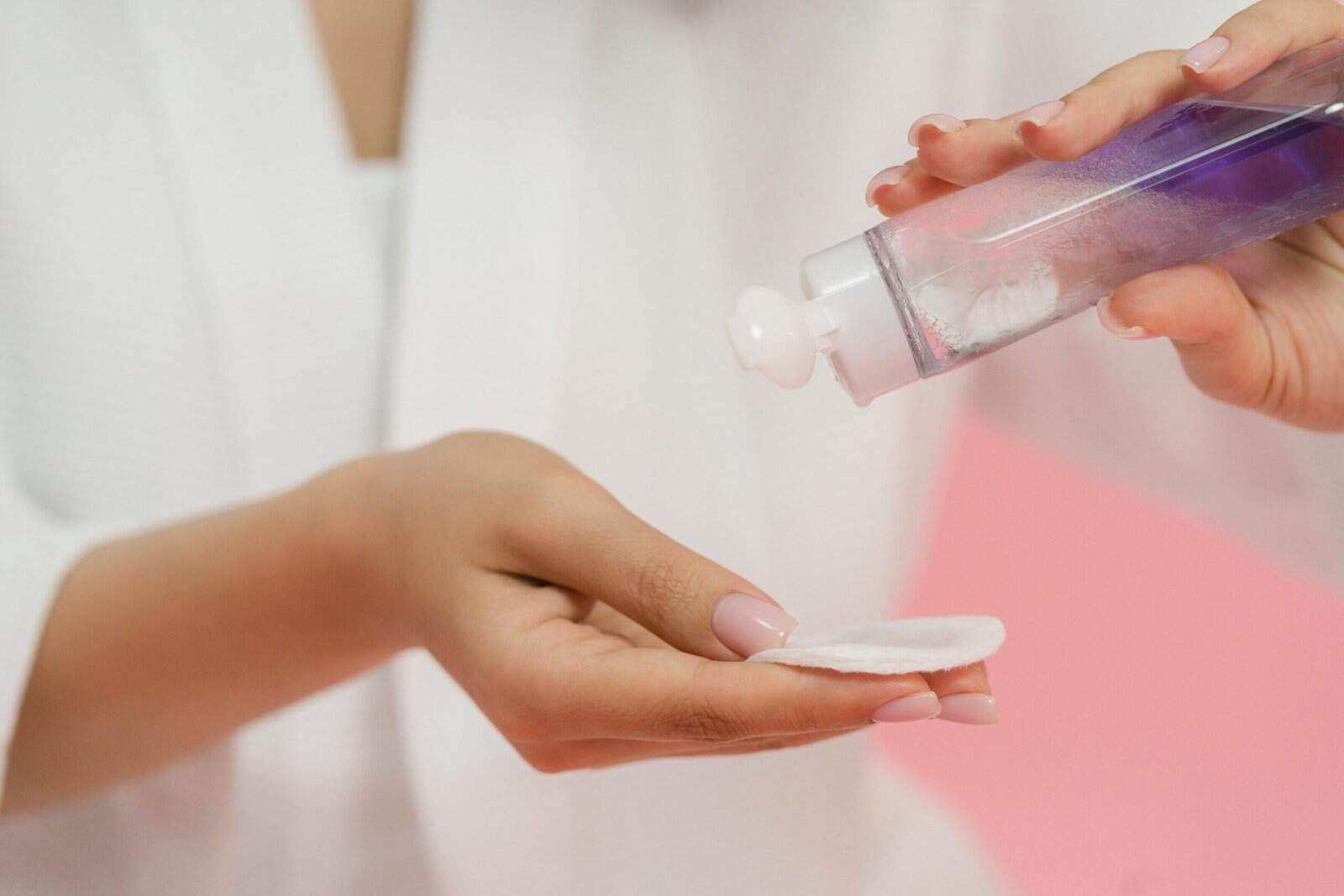Have you ever battled with stubborn eyelash glue residue after you’ve removed your false eyelashes? It can be one of those beauty woes that you wish you could avoid. Luckily, removing false eyelash glue residue doesn’t have to be a complicated or frustrating process. In this guide, you’ll learn simple and effective methods to ensure your eyes and lashes stay clean and healthy without any sticky aftermath.
Understanding Eyelash Glue Residue
When you apply false eyelashes, a special adhesive is used to maintain their secure position along your lash line. The glue usually sticks well while you’re flaunting those captivating eyes, but the trouble often begins when it’s time to take the lashes off. After removal, you might notice some stubborn glue residue left behind, which, if not dealt with properly, can cause irritation or even harm your natural lashes.
Why Does Glue Residue Remain?
Eyelash glue is designed for its strong hold, to ensure your false lashes stay in place throughout the day. However, this strength also means that despite the removal of your lashes, some glue can remain attached to your delicate skin or lash line. This residue sticks due to:
- Adhesive Properties: Manufactured to adhere effectively to both skin and synthetic lash fibers.
- Improper Removal Techniques: Pulling lashes off too quickly or not using a remover.
- Type of Glue: Some glues have stronger adhesion properties than others.
Pre-Removal Tips
Before you begin removal, it’s crucial to set the stage for an effective and gentle process. The right preparation can minimize time spent on removing residue and prevent irritation.
Gather Your Supplies
Having the right tools handy can make the process smoother. Here’s what you’ll need:
- A gentle eye makeup remover or specialized eyelash glue remover.
- Cotton pads or swabs.
- Tweezers (optional, if necessary for stubborn glue).
- A soft, clean cloth and a mild face cleanser.
- Your preferred moisturizing eye cream or lotion.
Start with Clean, Dry Hands
Your hands should be free of any dirt or oils to prevent them from transferring to your eye area. Clean, dry hands provide a better grip and minimize the risk of infection.
Be Gentle
The skin around your eyes and your natural lashes are incredibly sensitive. Always work with a soft touch to avoid unnecessary tugging or pulling.

Step-by-Step Guide to Remove Eyelash Glue Residue
With your supplies ready, follow these steps to effectively remove any lingering glue residue.
Step 1: Use an Eye Makeup Remover
Your first line of defense is a good quality eye makeup remover.
- Saturate a Cotton Pad or Swab: Generously apply the remover to a cotton pad.
- Hold and Press: Gently press the pad over your closed eyelid for about 10 to 15 seconds. This allows the remover to start breaking down the glue.
- Wipe Away: In a sweeping motion, gently wipe away. Avoid rubbing aggressively as this can irritate your skin.
Step 2: Remove Residue with a Specific Remover
If standard eye makeup remover doesn’t do the trick, an eyelash glue remover might be necessary.
- Apply the Remover: Using a clean cotton swab, apply a small amount of the remover directly onto any areas with visible residue.
- Let It Sit: Allow it to sit for a few moments to dissolve the residue.
- Gently Wipe Clean: With a fresh cotton pad, softly wipe away the loosened adhesive.
Step 3: Use Tweezers for Stubborn Residue
You might notice small patches of glue that are difficult to remove.
- Cautiously Use Tweezers: If necessary, use tweezers to gently pick away any remaining glue. Be extremely careful not to pinch your skin or natural lashes.
- Proceed with Caution: Ensure you’re in a well-lit area and your hands are steady to avoid accidents.
Step 4: Cleanse Your Skin
After ensuring you’ve removed the adhesive, wash your face with a gentle cleanser.
- Rinse and Cleanse: Use lukewarm water to rinse your face before applying your face wash.
- Gently Pat Dry: Dry with a soft towel, patting rather than rubbing, especially around your eyes.
Step 5: Moisturize
Completing the process with moisture helps maintain skin health.
- Apply Eye Cream: Use a moisturizing eye cream to hydrate the delicate skin around your eyes.
- Condition Your Lashes: A nourishing lash conditioner or oil, like castor oil, can strengthen and nurture your natural lashes.
Tips for Preventing Glue Residue
Now that you know how to tackle stubborn residues, consider these tips for next time to minimize the glue left behind:
- Quality Glue: Invest in a good quality eyelash adhesive, preferably latex-free, which often leads to fewer residues.
- Proper Technique: Apply a thin, even layer of glue — not too close to the lash band edges — to minimize contact with your skin.
- Regular Care: Regularly clean your false lashes to prevent excess buildup.

Common Mistakes to Avoid
While learning how to remove eyelash glue residue, steer clear of these mistakes:
- Aggressive Pulling: Forceful removal can harm your natural lashes.
- Skipping Remover: Not using a proper remover and trying to peel off dry glue.
- Ignoring Debris: Leaving small amounts of residue, which can build up over time.
FAQs About Eyelash Glue Residue
Can I use oil to remove eyelash glue residue?
Yes, oils such as coconut or olive oil can help dissolve the adhesive. Gently massage a small amount onto the residue before wiping away.
What should I do if I feel irritation?
If irritation occurs, stop the removal process and apply a cold compress. Consider consulting a healthcare professional if irritation persists.
Are there natural remedies for glue removal?
A natural approach can include using aloe vera gel as a base for softening and removing glue, accompanied by warm water and cotton pads.

Conclusion
Removing false eyelash glue residue doesn’t have to be a daunting task. With the proper technique, your routine will be as gentle on your eyes as it is effective. Remember that patience and the right products are key to keeping your eyes and natural lashes healthy and beautiful. As you continue to apply and remove your favorite lashes, becoming adept in these techniques will surely enhance your beauty regimen.

